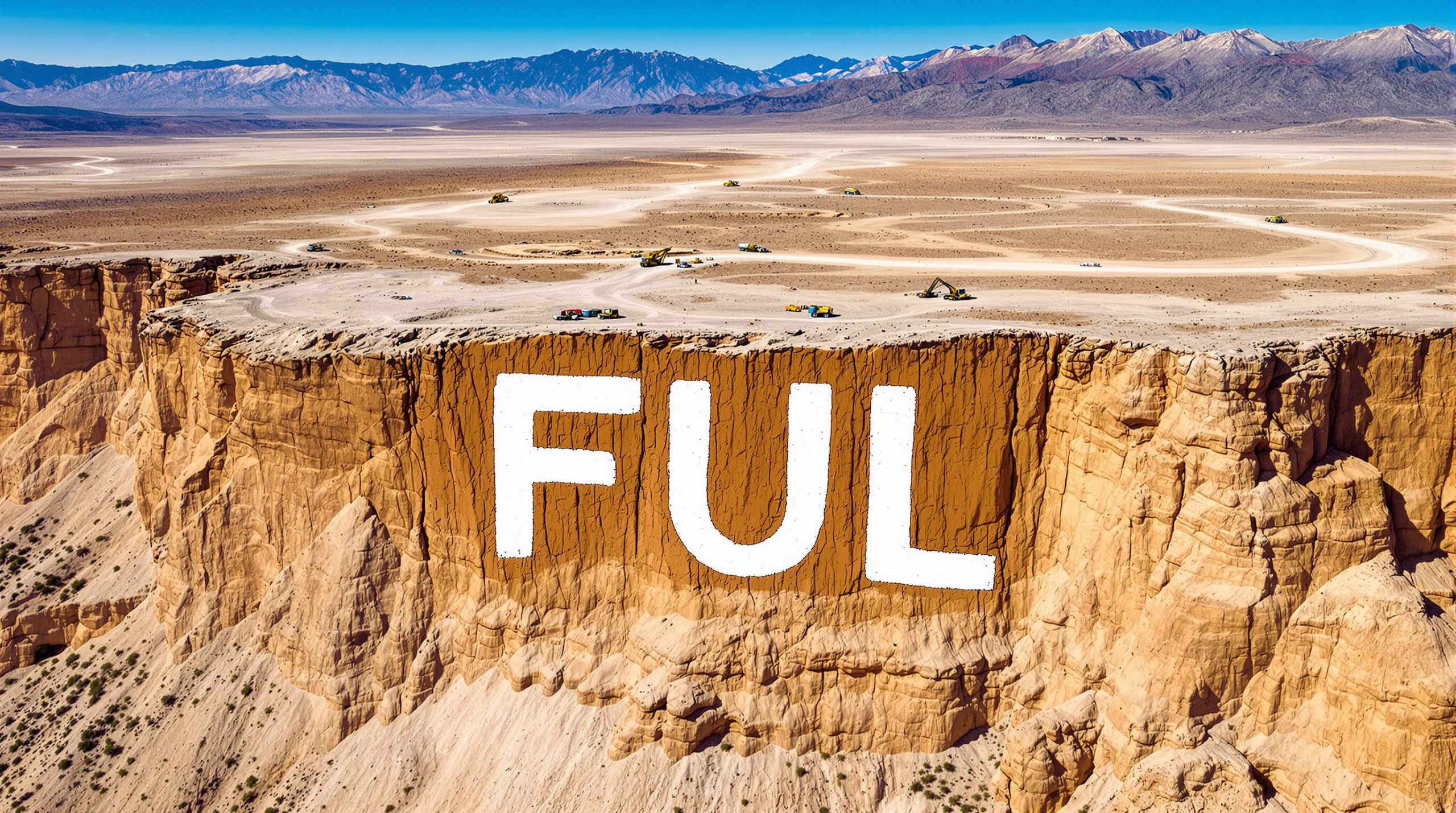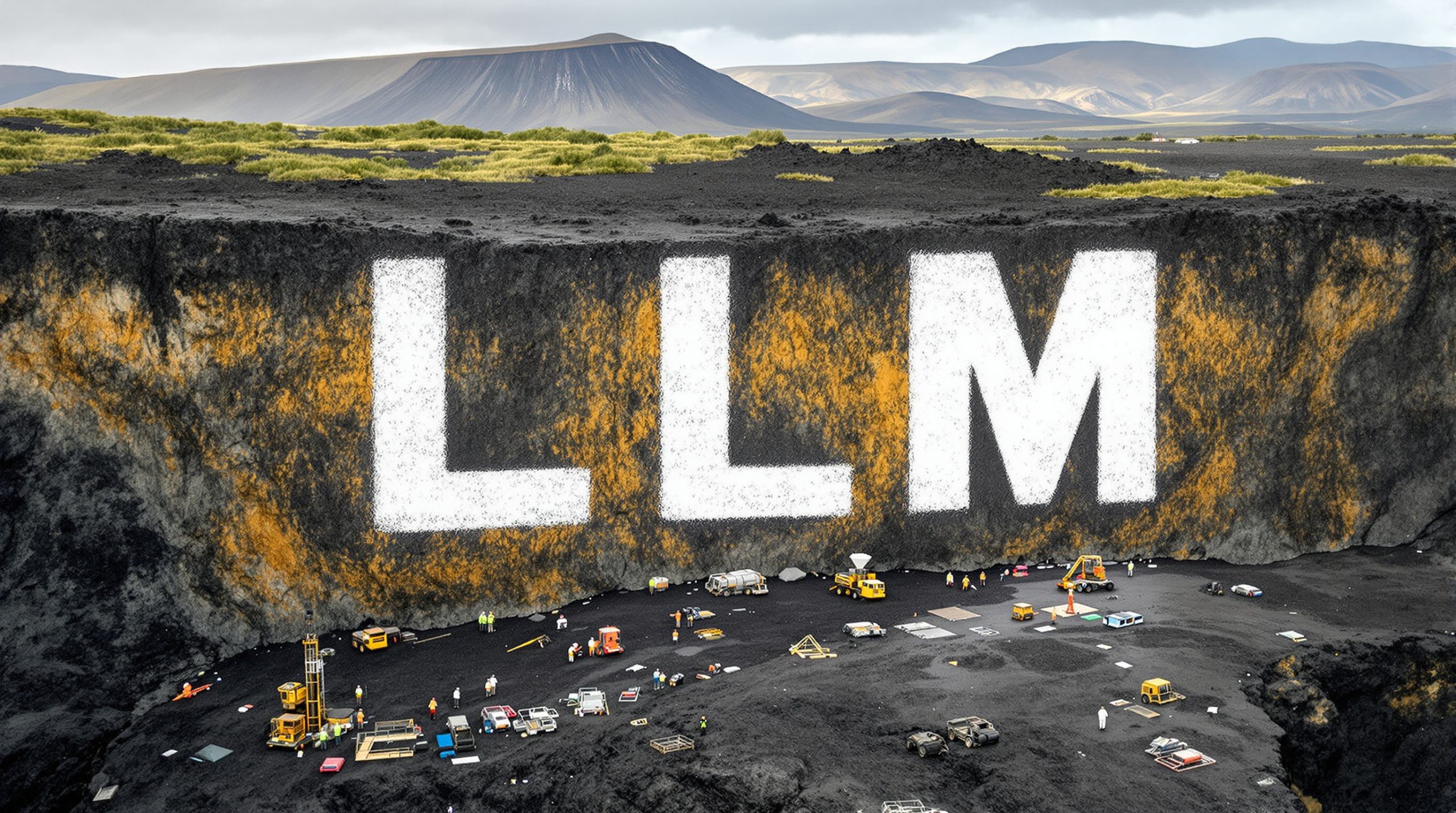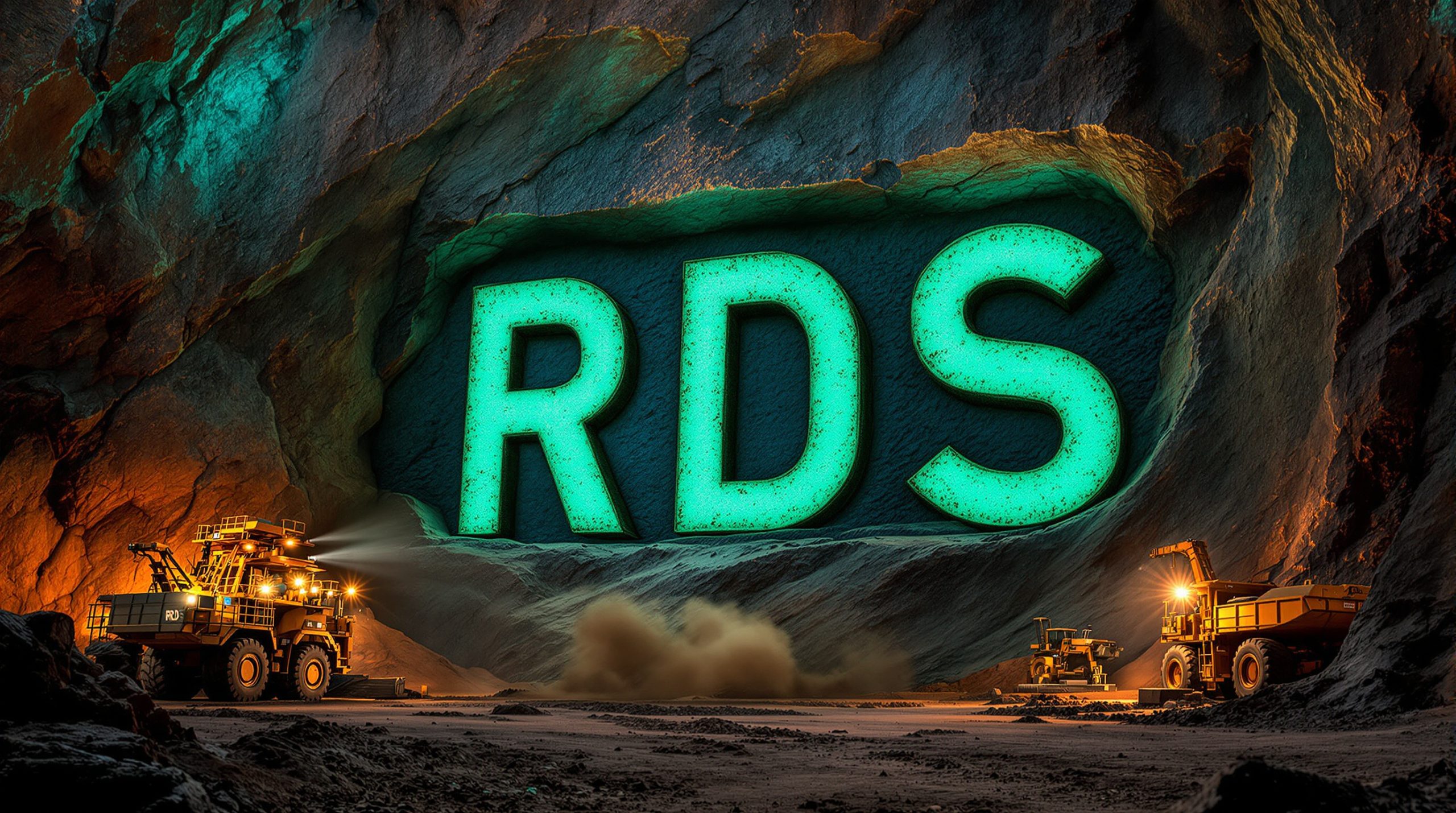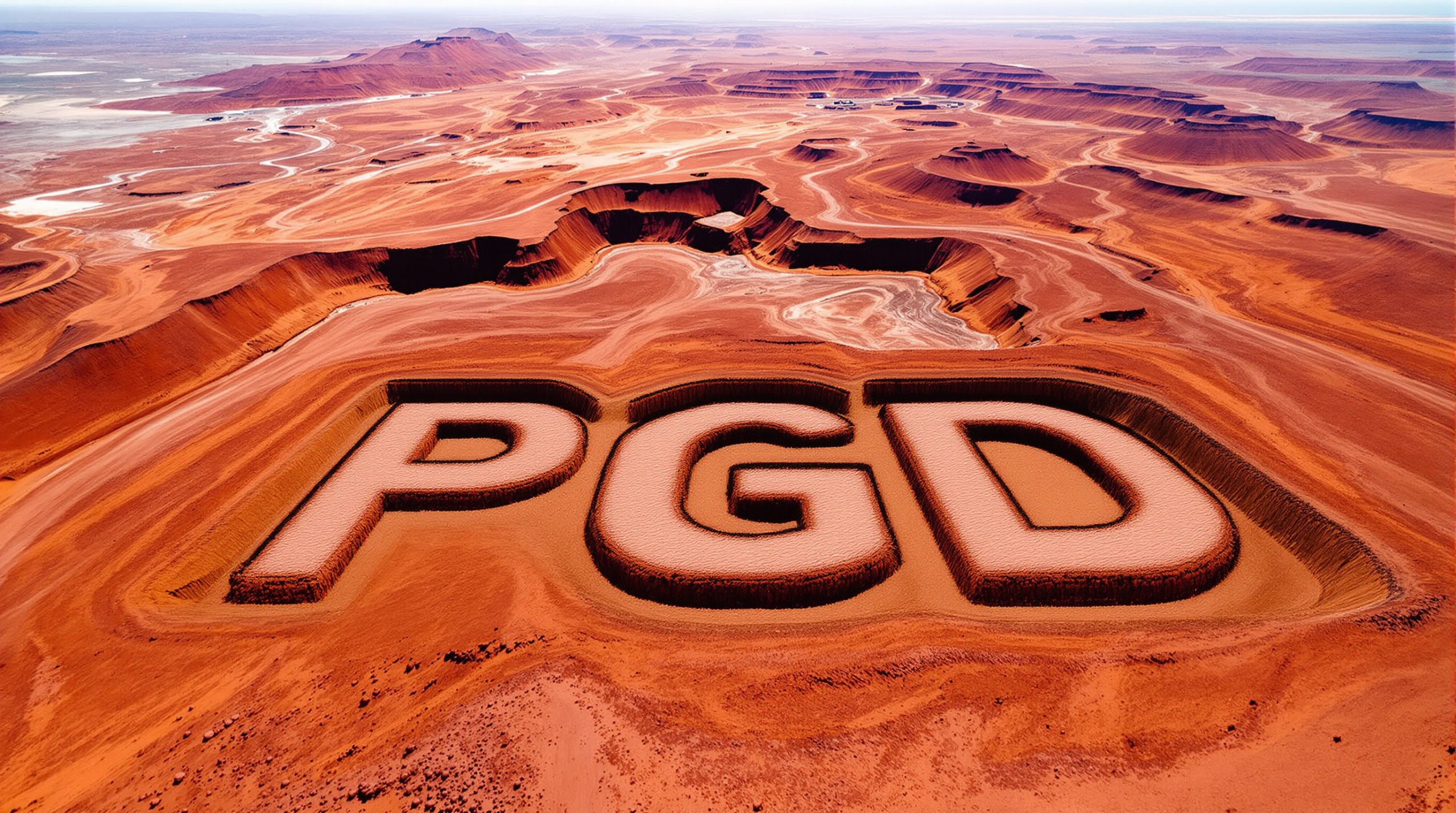Axel Reports Significant REE Results, Expanding Caldas Project Footprint
Axel REE Limited (ASX: AXL) has announced further encouraging results from its shallow auger drilling program at the Caldas Project in Brazil, with high-grade rare earth elements (REE) discovered both inside and along the northern extents of the Poços de Caldas alkaline complex (Caldera).
High-Grade REE Mineralisation Strengthens Project Potential
The latest drilling results have delivered consistent high-grade mineralisation across multiple prospects, with all holes ending in mineralisation, indicating significant continuity at depth. The best results include:
- CAL-AUG-022: 8.8m @ 5,309ppm TREO (26% MREO) from surface, including 1m @ 8,100ppm TREO (29% MREO) from 4m
- CAL-AUG-024: 10.8m @ 3,683ppm TREO (32% MREO) from surface, including 1m @ 6,726ppm TREO (38% MREO) from 6m
- CAL-AUG-025: 11.4m @ 3,608ppm TREO (21% MREO) from surface, including 1m @ 7,480ppm TREO (32% MREO) from 9m
These results are particularly noteworthy for their high percentage of magnetic rare earth oxides (MREO), which include the valuable elements neodymium, praseodymium, dysprosium, and terbium – critical components for permanent magnets used in electric vehicles and renewable energy technologies.
"The consistent flow of high-grade TREO results continue from our shallow auger drilling program inside the Poços de Caldas Alkaline Complex. The grades reported are consistent with major discoveries made by neighbours including Meteoric Resources NL (MEI) and Viridis Mining and Minerals Limited (VMM). Importantly, the high grade TREO mineralisation is increasing at the end of auger holes, demonstrating the mineralisation is open at depth and amenable to deeper drilling," noted the Axel Board.
Expanding Mineralisation Footprint
The latest assays from 20 auger holes returned remarkable consistency, with 100% of assays returning above the cutoff 1,000ppm TREO (1m interval assays), averaging 3,229ppm TREO. The intercepts identify thick, high-grade clay-hosted mineralisation at Caldas, over 20 metres in width, remaining open at depth.
Importantly, exploration along the northern contact zone of the Caldera confirmed the presence of potentially ion-adsorption type REE mineralisation, particularly over the granitic Botelhos unit, where weathering has led to clay-hosted enrichment in valuable light and heavy rare earth elements.
Key intercepts along the Caldera contact include:
- CLD-AUG-071: 6 metres @ 1,320 ppm TREO (30% MREO)
- CLD-AUG-069: 2 metres @ 1,300 ppm TREO (27% MREO)
- CLD-AUG-068: 1 metre @ 1,218 ppm TREO (27% MREO)
The Axel REE Ltd rare earth discovery continues to expand as additional drilling defines the extent of mineralisation both within and around the margins of the Caldera.
Understanding Ionic Clay REE Deposits
Ionic clay REE deposits represent one of the most economically viable rare earth resources globally. Unlike hard-rock deposits, these clay-hosted mineralisations typically require minimal processing, with REEs often extractable through simple leaching processes.
The Poços de Caldas deposit demonstrates several characteristics typically associated with ionic clay REE deposits:
-
Tropical Weathering Profile: The intense weathering of alkaline parent rocks has created deep clay profiles where REEs have been leached from primary minerals and adsorbed onto clay particles.
-
High MREO Content: The significant percentages of magnetic rare earths (MREO) make these deposits particularly valuable, as these elements command premium prices in the global market.
-
Near-Surface Mineralisation: The shallow nature of the mineralisation (starting from surface) potentially allows for simple, low-cost extraction methods.
The presence of both high-grade TREO values and elevated MREO percentages across the Axel REE Ltd rare earth discovery suggests potential for economic extraction of these critical minerals.
Strategic Project Location and Scale
The Caldas Project sits within Brazil's prolific Poços de Caldas alkaline complex, the third largest country globally in terms of REE reserves. This region has been attracting interest from companies like Magnum that secured REE projects as China restricts exports of these critical materials. The first phase of the auger drill program has been completed with 93 holes for a total of 1,068 meters, confirming high-grade mineralisation across multiple areas.
Axel's extensive tenure spans along the northern, southern, and eastern margins of the Caldera, offering kilometers of underexplored ground directly contiguous with these early intercepts. This positions the company to significantly expand its rare earth footprint and build a district-scale exploration portfolio.
The geological setting comprises:
-
Botelhos leucogranite: A biotite-rich, syenogranitic to granodioritic unit with mylonitic deformation, containing quartz, perthitic microcline, plagioclase, and biotite — favourable for REE-bearing minerals.
-
São João da Mata gneissic complex: Migmatitic, granodioritic to granitic, composed of plagioclase, quartz, K-feldspar, biotite, and amphibole.
Both units have undergone tropical to subtropical weathering, promoting the leaching of primary REE phases and the development of adsorbed REE clays in the saprolite horizon — a key characteristic of economic ionic clay-style REE deposits.
Why Investors Should Watch Axel REE Limited
Axel REE Limited has positioned itself in the critical minerals sector at a time when global demand for rare earth elements is accelerating, driven by the green energy transition and electrification trends. Furthermore, companies like Meteoric Resources aim to fill rare earths gap in the global supply chain. Several factors make this company particularly worth following:
-
High-Grade, Near-Surface Mineralisation: The consistent high-grade results from surface suggest potential for economical extraction with relatively simple mining methods.
-
Premium Magnetic REE Content: The high percentage of magnetic rare earths (averaging 20-30% MREO) in the mineralisation represents the most valuable components of the REE basket, positioned to command premium pricing.
-
Open Mineralisation at Depth: With all holes ending in mineralisation, significant potential exists to expand the resource with deeper drilling.
-
Strategic Location: Operating in Brazil, a mining-friendly jurisdiction with established infrastructure, provides advantages over projects in more challenging regions.
-
District-Scale Potential: With extensive tenements along multiple margins of the Caldera, Axel has considerable exploration upside to develop a significant REE resource base.
The Axel REE Ltd rare earth discovery at Caldas provides investors exposure to the growing market for critical minerals that are essential for advanced manufacturing and renewable energy technologies. In addition, high-grade rare earth discoveries at Gronnedal by other companies demonstrate the growing global interest in these critical minerals. The project's location, grade profile, and potential scale make it a noteworthy development in the rare earth sector.
The completion of this first phase of drilling marks an important milestone for Axel, confirming the company's exploration model and establishing a solid foundation for future work. As global demand for rare earths continues to grow, particularly for the magnetic elements crucial to green technologies, companies with high-grade, potentially economical deposits like Axel's Caldas Project will likely attract increasing investor attention. Additionally, the formation of strategic partnerships like the rare earth consortium in Kenya highlights the increasing global focus on securing sustainable rare earth supplies outside of traditional markets.
Ready to Find the Next Rare Earth Discovery?
Don't miss out on potentially transformative discoveries like Axel REE's high-grade finds at Caldas Project. Discovery Alert's proprietary Discovery IQ model instantly identifies significant mineral announcements, giving you the edge to capitalise on opportunities before the broader market. Explore historic returns from major discoveries at https://discoveryalert.com.au/discoveries/ and position yourself for the next big mineral discovery.




